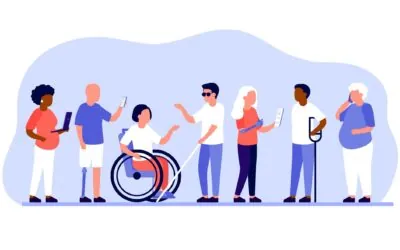Is it the ferry’s time to shine? Buses, subways, and other forms of transportation usually get more publicity than the ferry. But since we’ve entered a new era of work and commuting, the ferry might be a big winner.
Ridership for subways and buses has yet to return to pre-pandemic levels even though employees are starting to return to the office. That comes as no surprise as commuters remain wary of catching COVID-19. But the ferry has a distinct advantage over the others when it comes to moving people from one location to the next. Ferries are starting to see increased ridership in some areas as riders take advantage of the open-air settings they provide.
The New York Waterway ferry service told NJ.com recently that ridership is now at its highest point since last October, and 15 percent higher than pre-COVID stats. In other cities, ferry services are starting to come online again or seeing increased ridership as people return to the office. The Massachusetts Bay Transportation Authority is starting ferry service again in May.
Similar to mass transit, ferry service lost customers last year. NYC Ferry reported that its 2020 fourth quarter saw a decrease in ridership, which was not 60 percent of previous levels. They have not reported its first-quarter ridership numbers from 2021 yet.
If you commute by ferry, you are eligible for commuter benefits. With commuter benefits, commuters can save up to $270 per month tax-free in their paychecks for using ferries, subways, buses, qualified parking, and more. Commuter benefits can also help employers save on payroll tax and about $40 per month for each employee participating. Looking for more options? Your commuters can receive prepaid cards for e-bikes, bikes or e-scooters if they choose to use micro mobility.
If you’d like more information, visit www.commuterbenefits.com.







